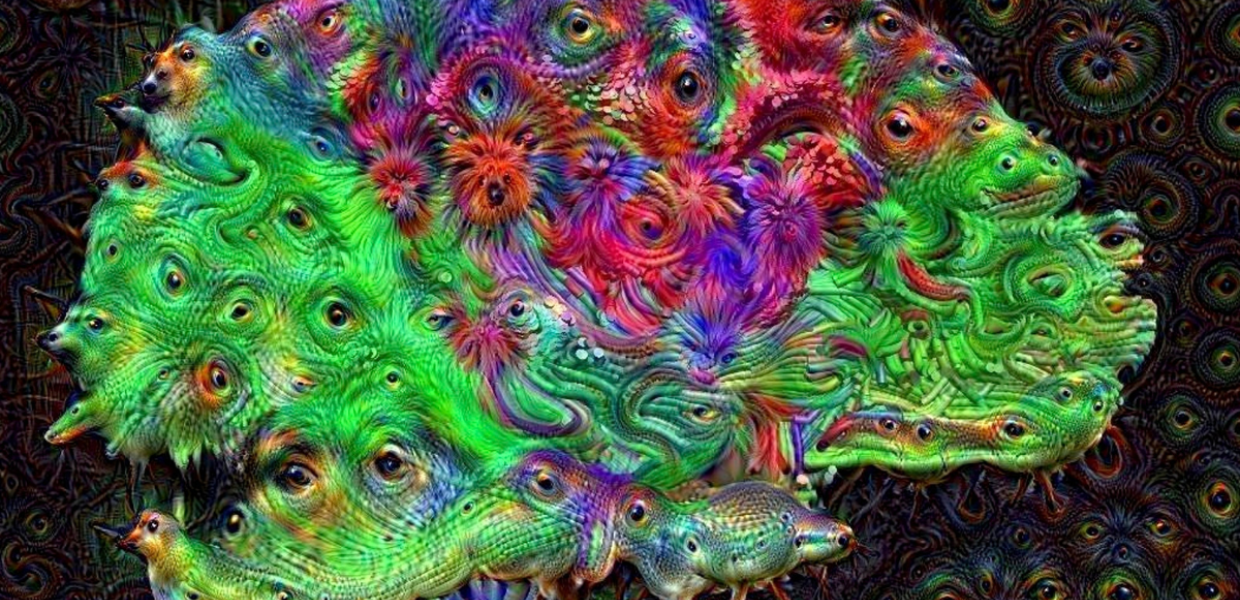Definitions and terms for AI
AI terminology can be complex, so let's clear up some definitions. While reading our posts you might see terms like ‘machine learning’, ‘deep learning’, ‘models’ or ‘training’. Machine learning vs deep learning is a common area of confusion for those not familiar with AI techniques.
Machine learning consists of a set of algorithms which automatically learn from data. Deep learning is a type of machine learning that excels in solving problems with high dimensionality (where the number of features is much greater than the number of observations). Computer vision and natural language processing fall under this category. Deep learning uses a family of models inspired by the structure and functioning of the brain (artificial neural networks) that effectively learn to extract relevant features from the data. The outcome of training a machine learning algorithm is a predictive 'model' that can be used to generate additional metadata from content.
By now we all know about data models, like the Europeana Data Model. They are a mechanism that helps heritage institutions structure metadata related to heritage objects. But what do we mean when we talk about an AI model? It’s an algorithm that has been trained to do a certain task - for example, to determine if it’s seeing an apple or an orange. It will be trained to look for key characteristics of apples and oranges and whether it’s accurate or not. This is a rudimentary example but the principle is the same as you scale up - it just requires a lot more data.
AI for cultural heritage
With our apples and oranges example, you can already start to imagine how AI is valuable for cultural heritage. AI has the capacity to generate extensive amounts of data that can be used to enrich heritage collections - making them easier to explore, so people can find what they’re looking for, institutes can link with other collections and so much more.
And since there is already so much digitised cultural heritage data and materials that have been described by trusted heritage experts, the quality of the data is extremely valuable. For example, rather than picking 100,000 random paintings from the internet and training a model against them to recognize ‘impressionist art’ you can use heritage materials that will already be able to give hints and guidance for accuracy. But AI extends beyond paintings - it’s currently being implemented in all areas of cultural heritage material from 3D imaging, sound, video and text.
AI and Europeana
For Europeana, the potential that AI has for improving data-quality, a continuous pain point for collection users, could offer exciting opportunities. In the Europeana Strategy 2020 - 2025, AI is highlighted multiple times as a means to an end for data quality improvement. The plan states:
‘Manually improving the metadata quality of millions of records from different sources requires a huge amount of time and resources. The application of artificial intelligence tools and machine-learning networks for automatic enrichment, combined with human knowledge provided by domain experts, offers a remarkable opportunity for improving the quality of metadata.’
But with great power, comes great responsibility. AI poses numerous ethical challenges that need to be closely considered. There are currently several initiatives across Europe looking into the ethical concerns of AI and Europeana will work in line with the European Commission’s Ethics guidelines for trustworthy AI.
In the coming weeks, we will be sharing activities including the outcomes from the EuropeanaTech AI in relation to GLAMs Task Force and the Task Force’s open challenge for the creation of machine learning datasets based on Europeana data, as well as exploring cultural heritage projects related to AI. You’ll read about work happening internally at Europeana Foundation, and as March is Women’s History Month, we’ll also be highlighting and interviewing women who are leading projects and research in the field of AI and the cultural heritage sector.
Keep checking Europeana Pro news for more and join the EuropeanaTech community to get involved in Europeana’s work!


